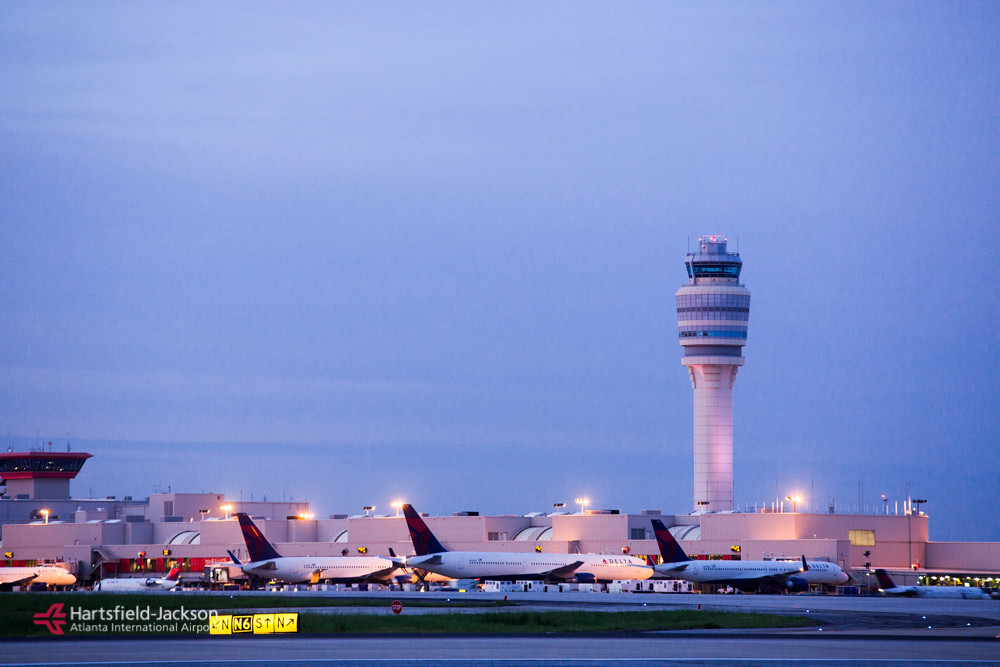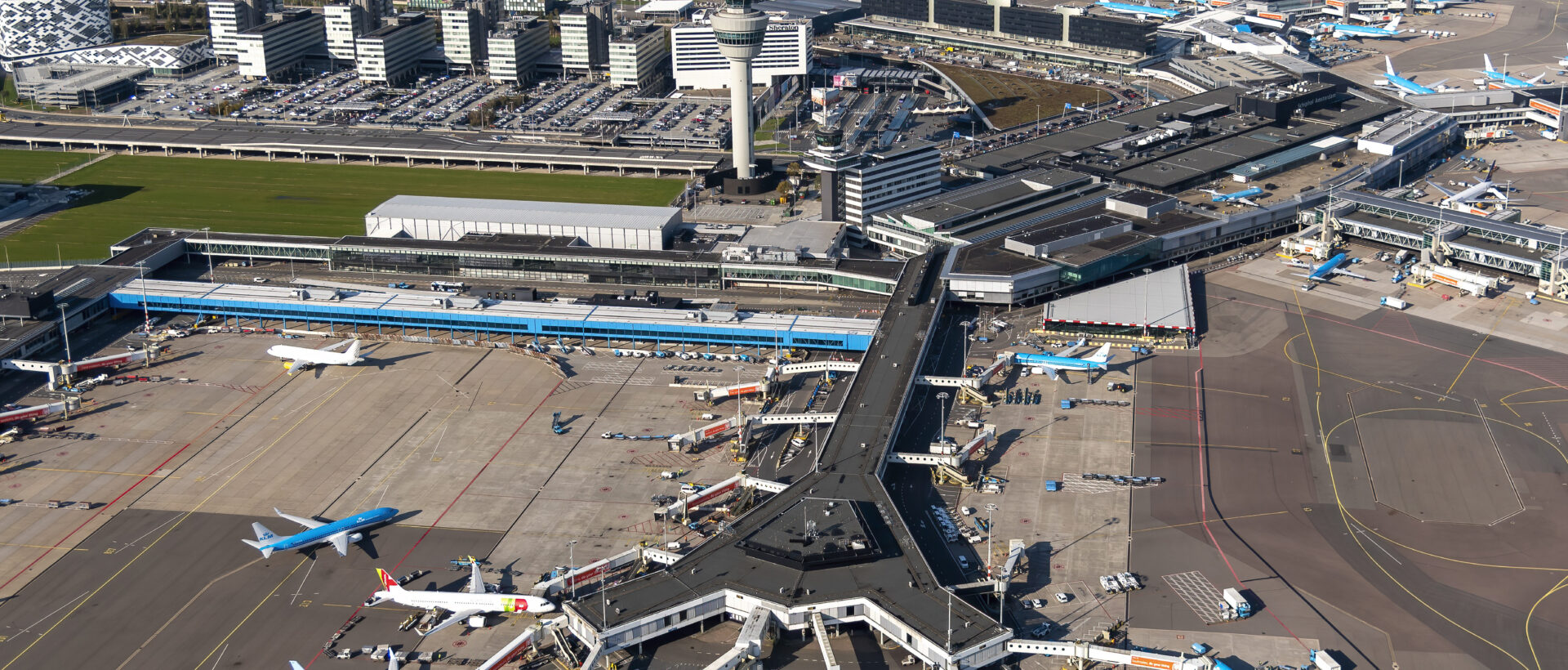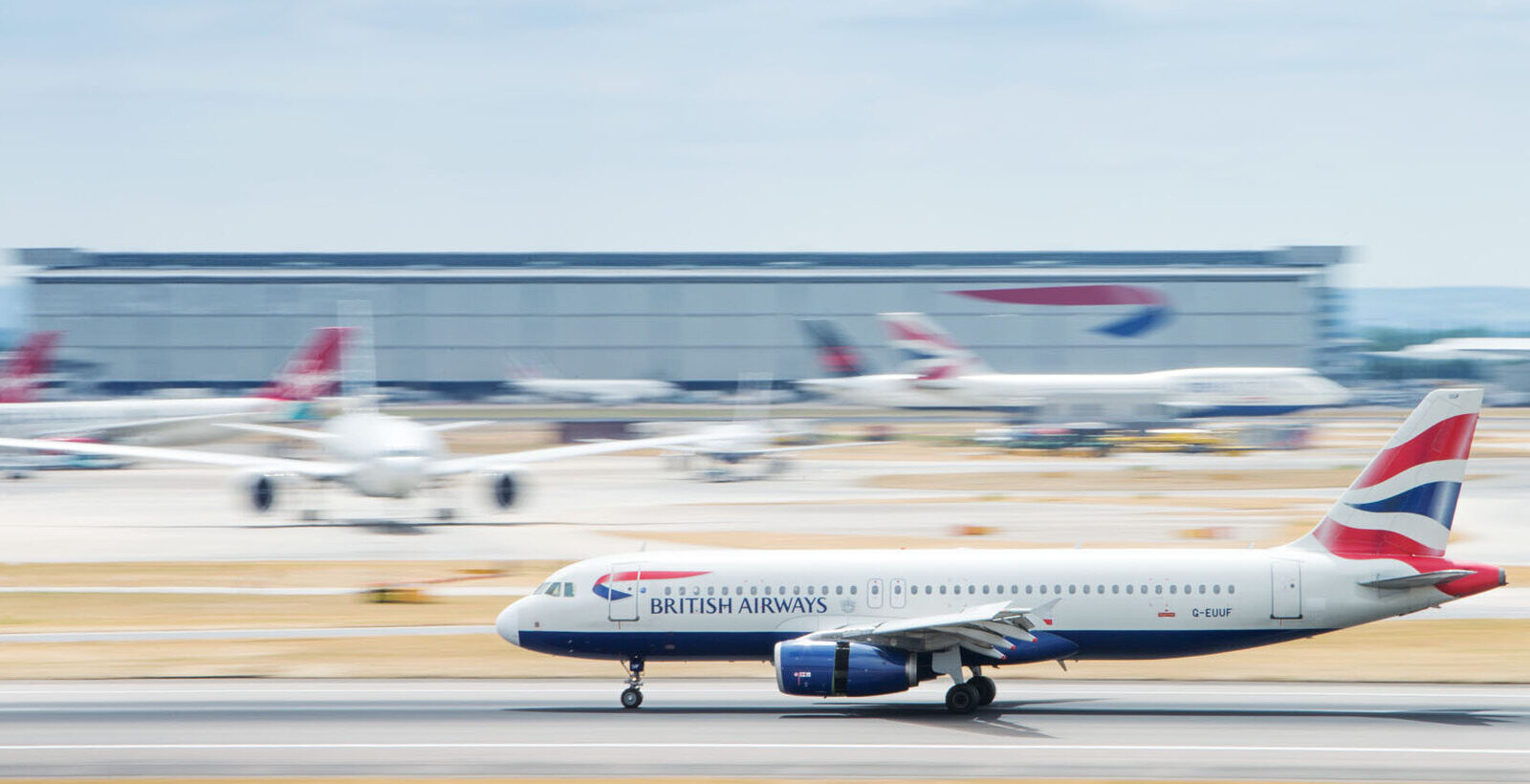The latest Airport Economics Report published by Airports Council International (ACI) World has revealed that global airport revenues have remained below pre-pandemic levels despite a near-complete rebound in passenger numbers.
The annual report analyses data from over 1,060 airports accounting for 82% of global pre-pandemic passenger traffic. It revealed that in 2023, passenger numbers were just 5.4% below 2019 levels, yet total revenues were 11.4% lower than the 158.6 billion USD recorded before the COVID-19 pandemic.
In 2023, airports worldwide generated 146 billion USD in total revenue, which represents a 21.4% increase on 2022, which was heavily impacted by the pandemic.

Revenue Breakdowns
The report shows that aeronautical revenues—such as landing fees and passenger charges—remained the largest contributor to airport income, totalling 79 billion USD. This figure is 14% below the 2019 level, with the aeronautical share of total revenues largely unchanged at 53.6%.
Non-aeronautical revenues, which include retail, food and beverage, and parking services, stood at 54 billion USD in 2023—17% below their 2019 level. These revenues accounted for 36.7% of the total, down from 40.2% before the pandemic.
Rising Costs
Airports continued to face higher costs throughout 2023. Capital expenditure rose by 4% compared to 2022, reaching 40 billion USD—1% above 2019 levels. A significant contributor to this increase was an 18% rise in interest expenses, indicating ongoing financial strain linked to airport debt.
Despite improvements in financial management, the global debt-to-EBITDA ratio remained relatively high at 5.74:1. Although this marks progress compared to the peak of the pandemic, it still signals that many airports are operating with elevated debt levels.
Long-Term Investment Needs
ACI World’s report highlights growing concerns about the ability of airports to invest in infrastructure. With global passenger numbers projected to rise to 17.7 billion by 2043 and 22.3 billion by 2053, ACI World estimates that around 2.4 trillion USD in capital investment will be required by 2040 to meet future demand.
The financial health of airports also has a direct impact on their ability to support wider economic and social benefits, including job creation, tourism growth, and regional development. ACI World is calling for supportive regulatory frameworks to enable necessary infrastructure investment and to help airports navigate the post-pandemic recovery period.
ACI World Director General Justin Erbacci said:While passenger traffic has rebounded, airport revenues continue to lag behind, underscoring ongoing financial challenges. With air travel demand expected to soar in the coming decades, it is crucial that regulators implement flexible policies to support airport infrastructure investments—ensuring aviation’s sustainable growth and maximising its social and economic benefits.











